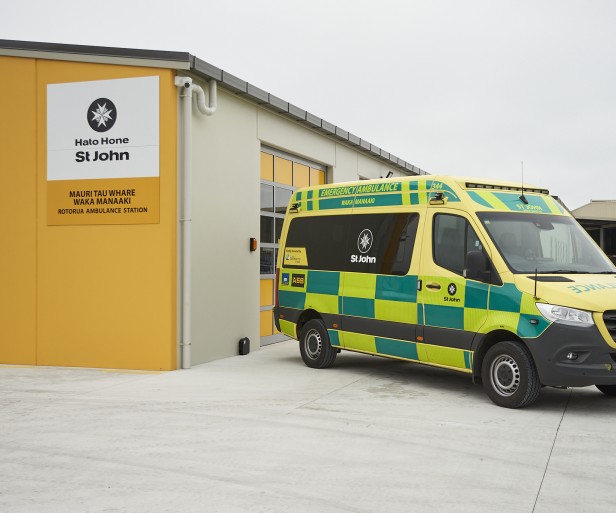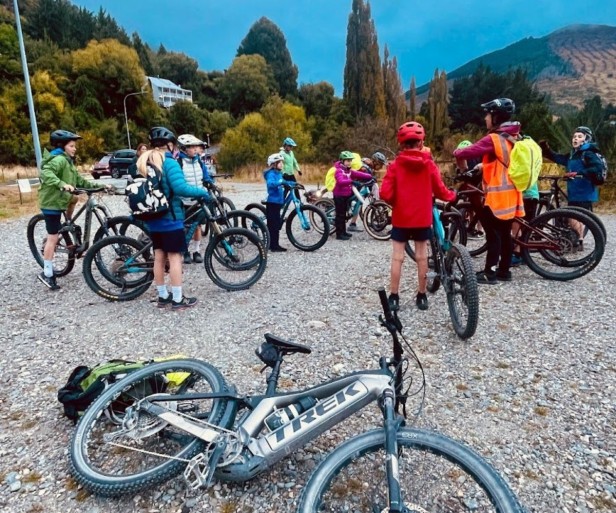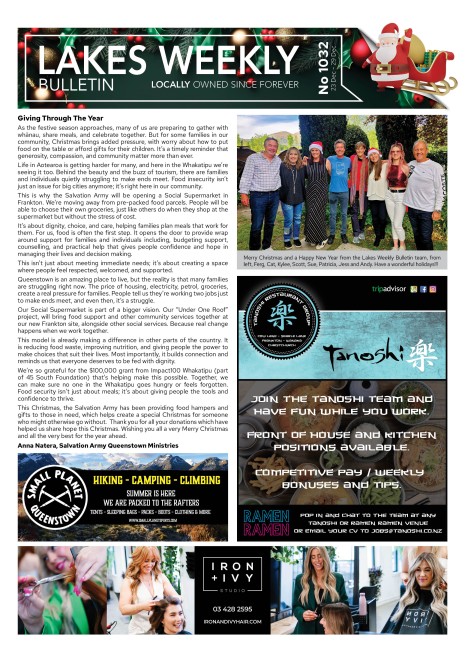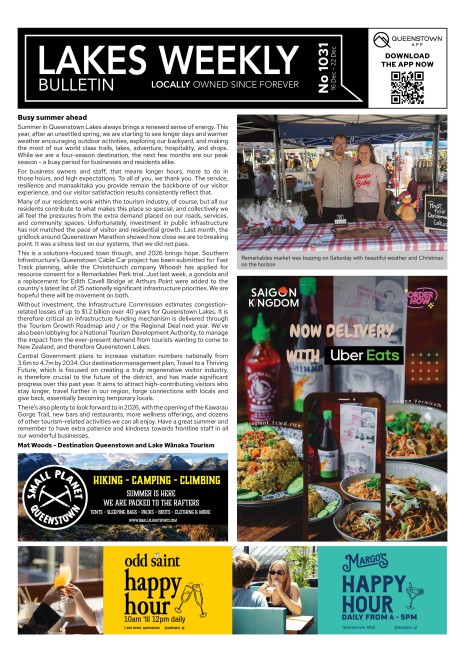Celebrating Frontline Heroes of a Bygone Era
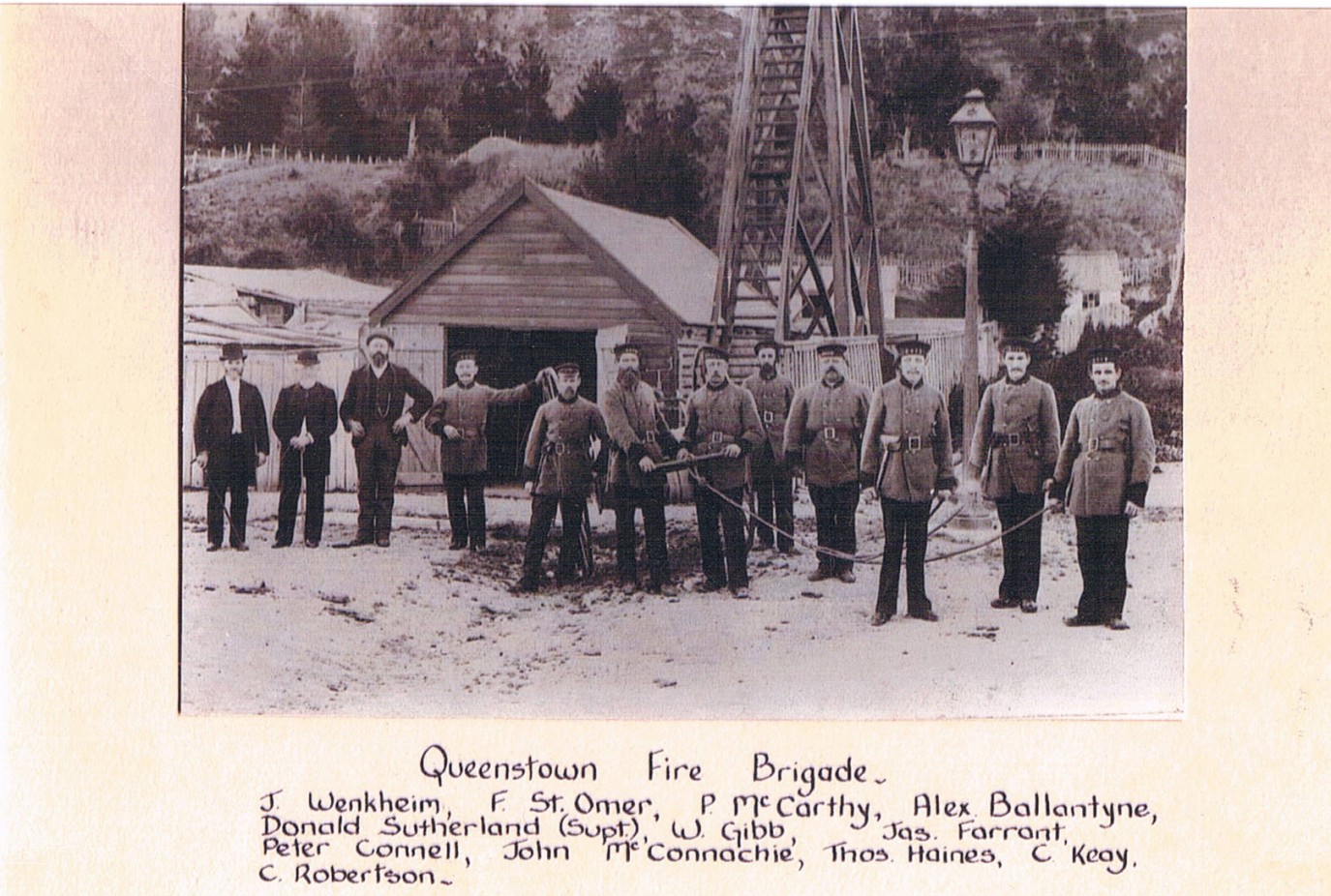
The Queenstown Volunteer Fire Brigade celebrates 160 years on the job this year with its meticulously filed records, dating right back to the early days, now safely stored in the Lakes District Museum archives.
Long-time fire chief Bob Robertson, now retired, spent weeks pouring through the impeccable records with brigade secretary Katherine Lamont, who says the boxes were full of incredible treasures. Old uniforms dating back through the decades were also handed over and museum director David Clarke says all of the memorabilia is just wonderful and will be treasured. “We’re just starting the process of assessing and cataloguing them.”
The Queenstown Brigade, the second oldest volunteer brigade in the country, was formed during the 1860s gold rush in the days when candles falling over, or curtains blowing into them, in a town that was a camp made of canvas and timber, meant disaster.
The brigade was formed 112 years before the New Zealand Fire Service. Armed in the early days with merely a bucket line and a sack to fight off fierce flames, the small handful of brave volunteers was the town’s only defence.
“Our oldest minute book dates back to 1880 and it’s been in storage at the Fire Station since then,” says Katherine. “We have invoices, bank books and statements, all intact, dating back for a century.”
“It’s phenomenal how meticulously everything’s been stored, from old minute and call-out books to cheque receipts dating back to 1930, all inward and outward correspondence.” Full sets of each uniform from the 1920s, including old brass helmets and woollen bunker coats, and historic photos, are all now with the museum.
“It’s the history of a town,” says Katherine, dating back to the very first ‘shed’ in Brecon Street, (originally the morgue), now Brian Smith Memorial Park in honour of an experienced local volunteer firefighter and ambulance officer. The brigade went into recess from 1910 until 1917 due to no suitable place to meet, just a rickety old shed. Volunteers were encouraged to re-establish the brigade at a public meeting with the council agreeing to better resource it, including a more quality station, in 1928. They still didn’t have proper firefighting equipment. “They had a hand-drawn pump on wheels that they pulled along with a bit of canvas hose,” says Katherine. The old hand bell, still in front of the Isle Street station, alerted firemen to calls. In the early 1950’s the call-out method changed to sirens - one at the Brecon Street and another at the Melbourne Street, Frankton Rd intersection. Bob recalls many complaints about the second siren on the top of a rickety post. If kicked hard enough it would go off.
A letter in the records shows the brigade contributed 100 pounds to the purchase of the first motorised fire appliance in 1927, with the council stumping up the rest. Every coin donated in gratitude after a call-out is documented.
In 1954 an extra engine bay was built on to the Brecon Street station, and the architectural plans are in the records.
In 1974 the brigade moved to its existing Isle Street site, which, over the years, has had many additions.
David says he’s keen to delve into what fires the brigade was attending in the very early years. One of the most notorious documented is the big fire in Ballarat Street, now Queenstown Mall, in 1882, which destroyed eight buildings. “Businessman Philip Waldemann was going broke and burnt down his sweet shop and tried, but failed, to burn down his stone house, still in York Street, all in one day in an insurance scam,” says David. “That’s why only one side of the Mall still has its original heritage buildings. He used an elaborate scheme in both fires designed to make people think a candle had fallen over.” There were lots of fires in the day. “They were the scourge of the settler – wind, curtains and candles caused many. The important thing is that everything is now in a safe place where it can be easily accessed for anyone doing research projects.”
Katherine says Waldemann burnt down the entire Ballarat block which prompted establishment of a water supply. After escaping the town he was caught and charged. Old newspaper clippings of the massive fire are among the records, along with those of the famous White Star Hotel fire in 1970 and Coronet Peak fire in 1986. Records include a letter from the Queenstown Borough Council thanking the brigade for its actions during the White Star fire. “Bill and Jackie Davidson were running the hotel and she had to escape from an upstairs fire escape as there was no time. They were lucky there was no loss of life due to the time of the day as they were fully booked,” says Katherine.
Letters of apology from those who’d maliciously set off fire alarms have been saved. Others had come in to apologise.
It took well over a month to sort box after box, with old unrelated circulars arriving in the post even filed.
The brigade has retained a few special pieces, including a brass helmet and old firefighting axes, but with David looking forward to staging a display one day these will also be on loan to the museum.



